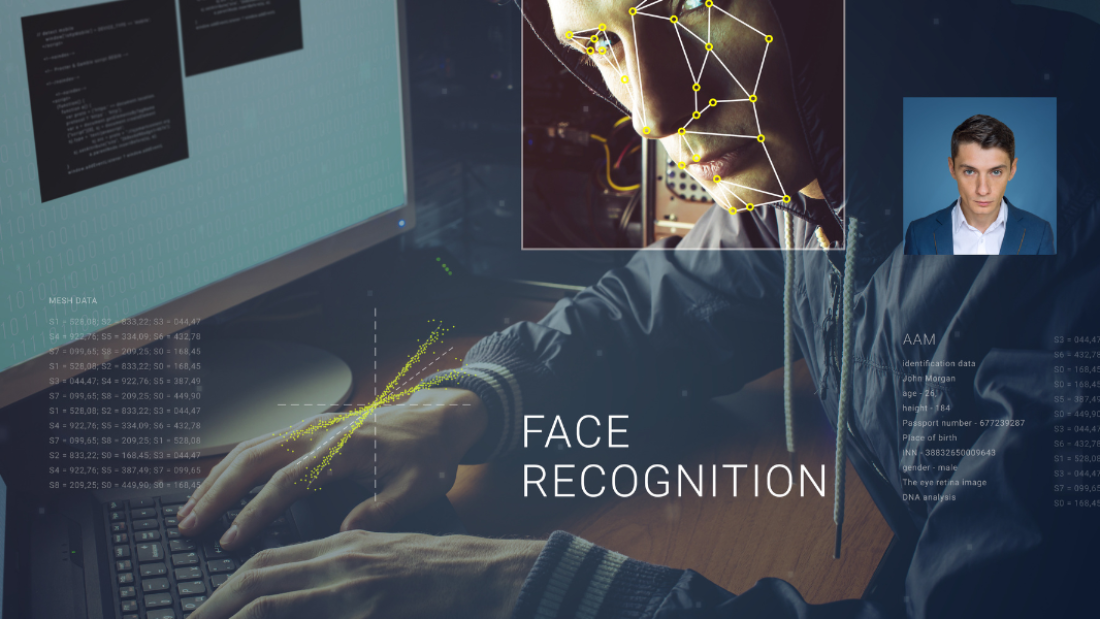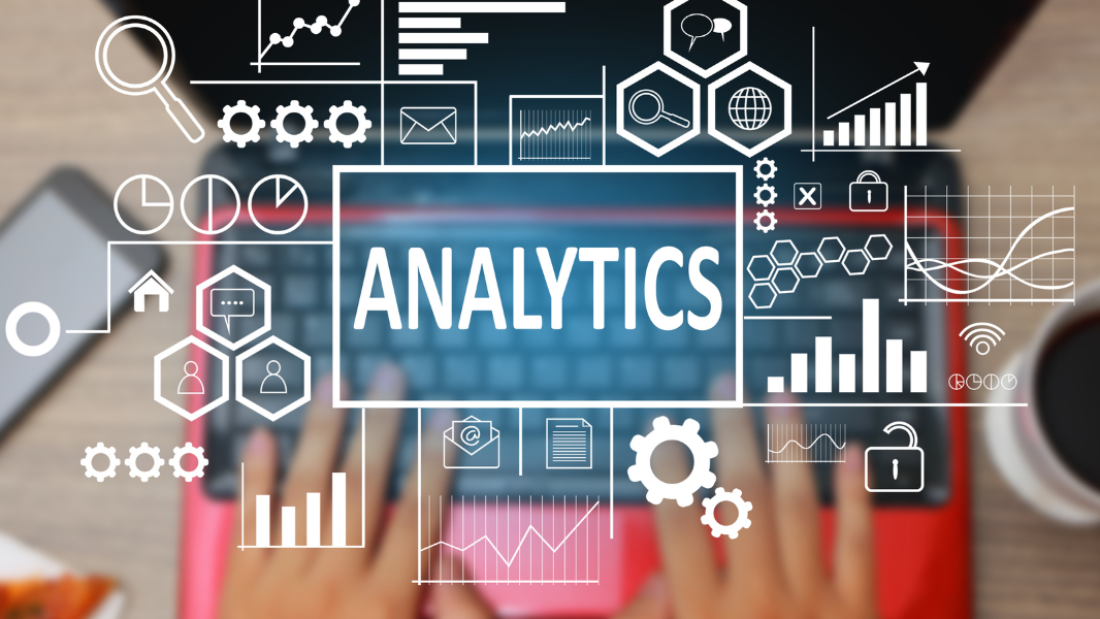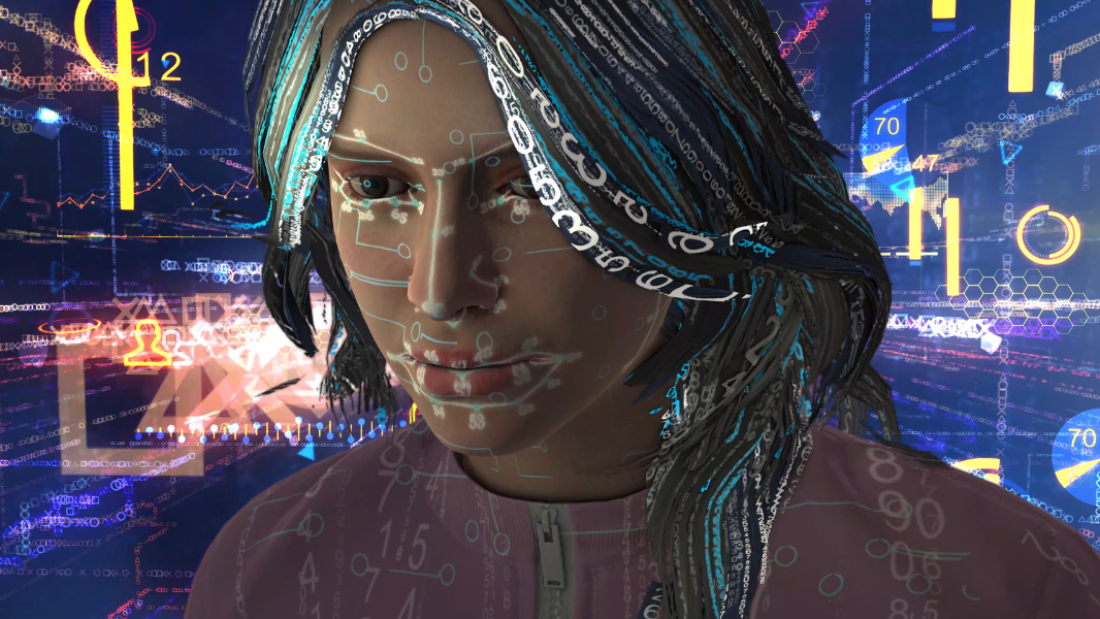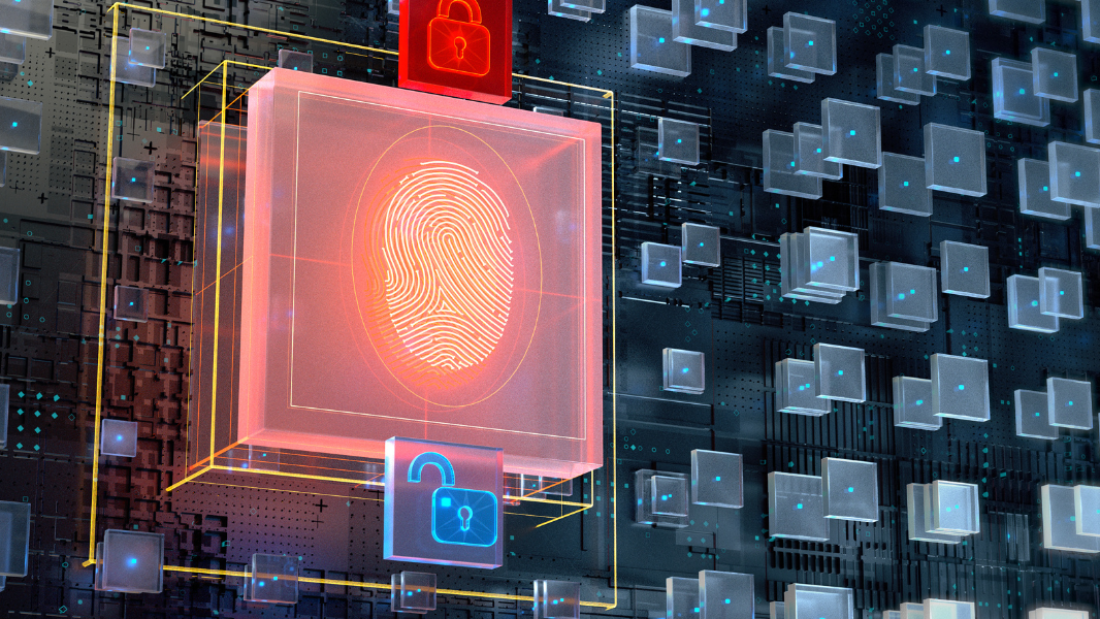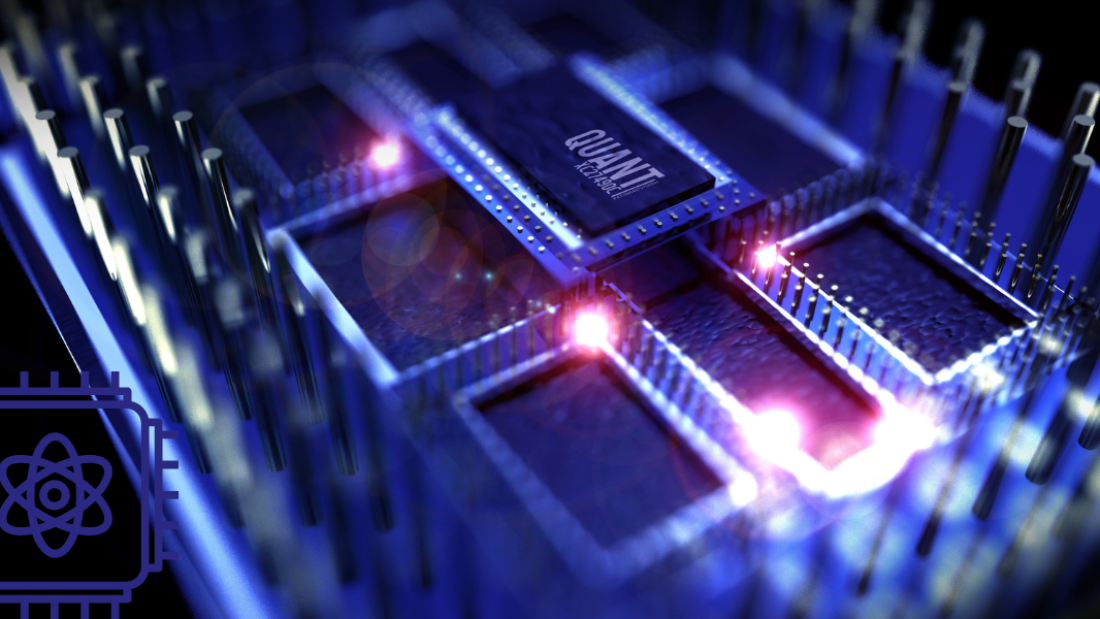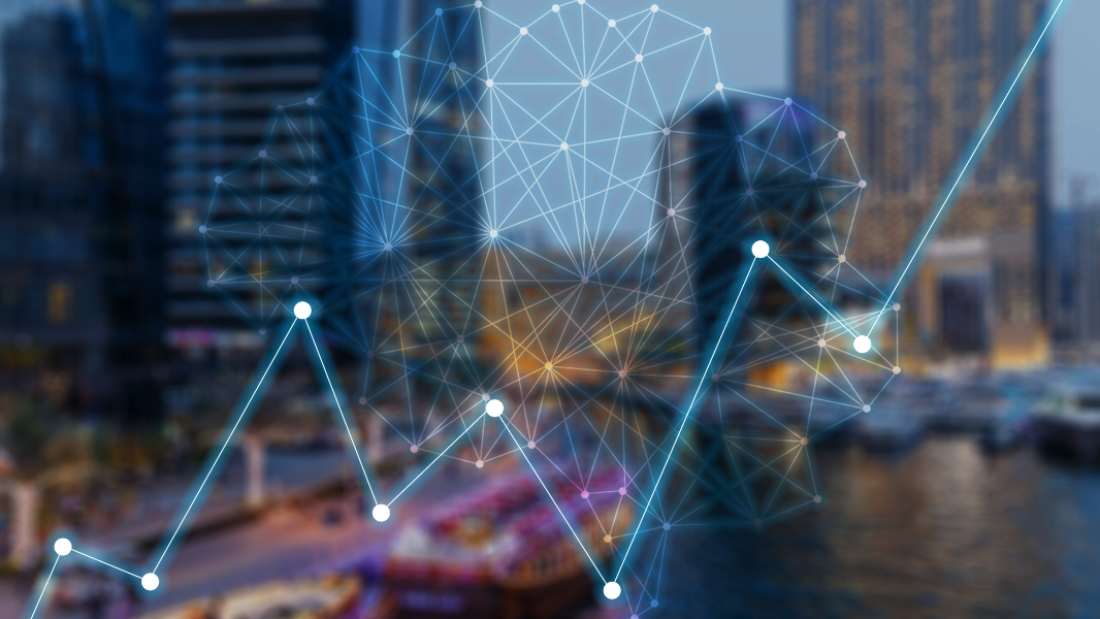Did you know that face verification technology is revolutionizing security measures worldwide? From unlocking smartphones to securing sensitive data, this cutting-edge technology offers a seamless and secure way to confirm identities. Face verification goes beyond traditional methods, providing a convenient and efficient solution for various industries.
As we delve into the realm of face verification, we will explore its impact on enhancing security protocols, streamlining user authentication processes, and safeguarding confidential information. Join us on this journey to uncover the transformative power of face verification technology and how it is reshaping the way we approach identity verification in today’s digital age.
Understanding Face Verification Technology
Definition
Face verification is a biometric technology that compares the facial features of an individual to an existing image. This process authenticates a person’s identity based on their unique facial characteristics.
Facial verification algorithms utilize complex mathematical models and machine learning techniques to analyze key facial landmarks, such as the distance between the eyes, nose shape, and jawline. These algorithms enable accurate face matching by creating a digital representation of the face and comparing it to stored data.
Distinctions from Other Biometric Methods
Unlike fingerprint or iris recognition, which rely on unique physical attributes like fingerprints or iris patterns, face verification is non-intrusive and does not require physical contact with a sensor. This makes face verification a convenient and user-friendly authentication method.
Pros:
Non-intrusive and user-friendly
Can be easily integrated into existing systems
Cons:
Vulnerable to spoofing attacks using photos or videos
Machine Learning in Face Verification
Machine learning plays a crucial role in enhancing the accuracy and efficiency of face verification systems. By training algorithms on large datasets of facial images, these systems can learn to recognize patterns and variations in facial features across different individuals.
Application in Identity Verification Technologies
Face verification is widely used in various industries for identity verification purposes. From unlocking smartphones to securing access to sensitive data, this technology offers a seamless and secure way to authenticate individuals based on their facial characteristics.
Evolution of Face Recognition Technology
Over the years, face recognition technology has evolved significantly, leading to more advanced face authentication solutions. The introduction of advanced face authentication technologies, such as 3D facial recognition and liveness detection, has further enhanced the security and accuracy of face verification systems.
Benefits of Face Verification in Airports
Enhanced Security Measures
Face verification plays a crucial role in enhancing security measures at airports by providing a robust layer of protection against potential threats. By utilizing advanced facial recognition technology, airports can accurately identify individuals and cross-reference them with watchlists in real-time. This proactive approach enables security personnel to swiftly detect and apprehend suspicious individuals before they pose any harm.
Implementing face verification systems significantly reduces the risk of unauthorized access and enhances overall safety within airport premises. The technology’s ability to match faces against databases of known criminals or persons of interest enhances security protocols and ensures a more secure environment for passengers and staff alike. The seamless integration of face verification into existing security frameworks streamlines the identification process, allowing for efficient monitoring of all individuals entering and exiting the airport.
Reduced Human Error
One of the key advantages of face verification in airports is its potential to reduce human error in identity verification processes. Traditional methods of identity verification, such as manual checks of identification documents, are prone to errors and may result in security breaches. By automating the identification process through face verification, airports minimize the reliance on human judgment, thereby reducing the likelihood of errors and ensuring accurate identification of individuals.
The implementation of face verification technology eliminates the need for manual inspection of physical documents, which can be time-consuming and error-prone. By relying on biometric data unique to each individual, such as facial features, airports can achieve a higher level of accuracy in verifying identities. This not only enhances security but also expedites the overall screening process, leading to improved operational efficiency and a smoother travel experience for passengers.
Cost-Effectiveness
Integrating face verification systems in airports presents a cost-effective solution compared to traditional methods of identity verification. While initial investments may be required for system setup and implementation, the long-term benefits outweigh the costs. Face verification technology offers a sustainable and scalable solution that reduces operational expenses associated with manual identity checks and enhances overall security measures.
Enhancing Airport Security with Face Verification
Real-time Monitoring
Real-time monitoring plays a crucial role in detecting unauthorized access and suspicious behavior within airport premises. By utilizing facial recognition technology, security personnel can swiftly identify individuals who pose a potential threat. This proactive approach enables immediate intervention to prevent security breaches.
Implementing face verification through biometric security systems allows airports to enhance their surveillance capabilities significantly. The integration of face biometrics with existing security measures provides a comprehensive layer of protection. By cross-referencing passengers’ identities with databases of known threats, airports can effectively screen individuals and ensure a safer travel environment.
Successful Case Studies
Heathrow Airport: By using face biometrics, Heathrow Airport successfully intercepted an individual attempting to board a flight using a stolen passport. The facial recognition technology flagged the mismatch between the traveler’s face and the passport photo, leading to the apprehension of the impostor.
Changi Airport: Changi Airport in Singapore implemented biometric identification for seamless passenger processing. This initiative not only expedited security checks but also identified a person on the watchlist, preventing a potential security breach.
Benefits of Integration
Enhanced Security: Face verification enhances airport security by providing an additional layer of identity verification.
Efficiency: The seamless integration of face biometrics streamlines the security screening process, reducing wait times for passengers.
Prevention of Identity Theft: Biometric passports and faceprints help prevent identity theft and fraudulent activities at airports.
Improved Passenger Experience: Equitable face biometrics offer a more convenient and secure alternative to traditional identity verification processes.
Challenges Faced
Privacy Concerns: The use of biometric data raises privacy concerns among passengers regarding the storage and misuse of their personal information.
Technological Limitations: Biometric software may encounter challenges in accurately identifying individuals under certain conditions, such as poor lighting or obscured faces.
Streamlining Check-In Processes
Automating Verification Checks
Face verification technology plays a crucial role in automating verification checks, streamlining the check-in process by reducing the reliance on physical documentation. By capturing and verifying a passenger’s face, airlines can efficiently confirm their identity without the need for manual document checks.
Implementing face verification not only enhances security measures but also significantly expedites the check-in procedure. Passengers no longer have to fumble through documents or wait in long queues, leading to a more efficient and seamless verification experience.
Linking Face Verification with Boarding Passes
One of the key benefits of face verification technology is its ability to link seamlessly with boarding passes. This integration allows passengers to move swiftly through various checkpoints at airports, ensuring a seamless travel experience from check-in to boarding.
By simply scanning their faces, passengers can access their boarding passes and navigate through security and boarding gates effortlessly. This streamlined process eliminates the need for physical boarding passes, reducing paper usage and enhancing overall operational efficiency.
Pros:
Eliminates the need for physical documents
Enhances operational efficiency at airports
Cons:
Potential privacy concerns related to biometric data storage
Time Savings Achieved
Statistics reveal that the implementation of face verification technology at check-in points has resulted in significant time savings for both passengers and airlines. Studies show that using facial recognition technology can reduce the average check-in time per passenger by up to 30%, leading to quicker boarding processes and smoother travel experiences.
The seamless integration of face verification into the onboarding process not only enhances security measures but also improves operational efficiency, ultimately benefiting both travelers and airlines alike.
Improving Passenger Experience
Quick Identification
Face verification enhances the experience for passengers by enabling quick and efficient identification processes. By simply scanning their faces, users can swiftly move through checkpoints without the need for physical documents. This streamlined approach significantly reduces waiting times and enhances overall travel efficiency.
Stress Reduction
One of the key benefits of face verification is its ability to minimize the stress associated with long queues and delays. Passengers no longer have to endure the anxiety of waiting in crowded lines or worrying about missing their flights due to time-consuming check-in procedures. The seamless nature of face verification technology offers a more relaxed and hassle-free experience for travelers.
Passenger Testimonials
Passenger testimonials highlight the positive impact of face verification on their travel experience. Many individuals express satisfaction with the speed and convenience of the technology, emphasizing how it has transformed their journey from a stressful ordeal to a smooth and enjoyable process. Users commend the system for its accuracy and reliability, noting how it has simplified their interactions with airport staff and improved overall satisfaction levels.
Reducing Wait Times
Faster Processing
Face verification tools have significantly reduced wait times at airport checkpoints. Passengers now experience faster processing speeds, leading to a more efficient overall airport operation. The implementation of these systems has streamlined the verification process, allowing for quicker passenger screening.
Improved Efficiency
The introduction of face verification technology has had a multitude of positive impacts on airport operations. By reducing wait times, airports can handle a larger number of passengers efficiently. This increase in efficiency not only benefits passengers but also enhances the overall airport experience.
Enhanced Flight Schedules
With the reduction in wait times at security checkpoints, flight schedules have seen notable improvements. The quicker processing speeds ensure that passengers can board their flights promptly, resulting in fewer delays and improved on-time departures. This positive impact on flight schedules contributes to a smoother travel experience for all passengers.
Future Applications of Face Verification in Air Travel
Integration with Loyalty Programs
Face verification technology is poised to revolutionize air travel by streamlining the process of passenger identification. In the future, airlines may integrate face verification systems with their loyalty programs to offer personalized services based on passengers’ preferences and travel history. This integration could enable seamless check-ins, boarding procedures, and even personalized in-flight experiences.
As passengers approach security checkpoints or boarding gates, cameras equipped with advanced facial recognition software will capture their images, eliminating the need for manual document checks. By linking these systems with loyalty programs, airlines can provide tailored services such as priority boarding, customized meal options, or exclusive lounge access based on passengers’ profiles.
Enhanced Safety Protocols
One of the critical steps in ensuring safe air travel is implementing robust security measures. Face verification technology can play a pivotal role in enhancing safety protocols at airports and onboard aircraft. With evolving global travel concerns, including terrorism threats and health emergencies, the need for stringent identity verification measures has become more pronounced.
By incorporating face verification into existing security frameworks, airports can strengthen access control mechanisms and identify potential risks more efficiently. For instance, during check-in and boarding processes, facial recognition systems can quickly match passengers’ identities against watchlists or databases of known threats, enhancing overall security levels.
Seamless Passenger Experience
The integration of face verification technology in air travel not only enhances security but also promises a more efficient process for passengers. By reducing the reliance on physical documents like passports and boarding passes, travelers can navigate through airports with greater ease and speed. This streamlined manner of identification minimizes queuing times at various touchpoints, leading to a smoother overall travel experience.
Moreover, the convenience offered by face verification extends beyond security checkpoints. Passengers enrolled in loyalty programs can enjoy a seamless journey from check-in to boarding without the hassle of repeatedly presenting identification documents. This frictionless process not only saves time but also reduces the likelihood of errors or delays associated with traditional identification methods.
Addressing Privacy and Security Concerns
Regulatory Frameworks
Biometric data usage in airports is governed by strict regulatory frameworks to protect passengers’ privacy.
Passengers often express concerns about data privacy and potential surveillance when it comes to face verification. These apprehensions stem from the fear of identity theft and unauthorized access to personal information.
Transparency Measures
To address these concerns, airports must implement reliable authentication methods that prioritize security and transparency. By utilizing advanced technologies, such as facial recognition, airports can enhance fraud prevention measures while ensuring passengers’ identities are safeguarded.
Pros:
Enhanced security measures
Streamlined verification processes
Cons:
Potential for data breaches
Privacy implications
Building Trust
Implementing clear security protocols and providing detailed information about how biometric data is used can help build trust among passengers. By educating travelers on the benefits of face verification and the stringent security measures in place, airports can alleviate concerns regarding identity fraud and unauthorized access to sensitive data.
Final Remarks
Face verification technology in airports not only enhances security measures but also streamlines check-in processes, improves passenger experience, and reduces wait times. The future applications of this technology show promising advancements in air travel, addressing privacy and security concerns along the way. Embracing these innovations ensures a safer and more efficient travel experience for all passengers.
Incorporating face verification technology can revolutionize airport operations, making travel more secure and seamless. Stay informed about the latest developments in airport security technologies to make your future travels safer and hassle-free.
Frequently Asked Questions
What is Face Verification Technology?
Face verification technology is a biometric solution that confirms an individual’s identity by analyzing and comparing their facial features against stored data. It enhances security by providing a reliable method of authentication.
How does Face Verification benefit airports?
Implementing face verification in airports improves security measures, streamlines check-in processes, enhances passenger experience, reduces wait times, and offers future applications for efficient travel management.
Is Face Verification technology secure and private?
Face verification technology prioritizes privacy and security by encrypting and securely storing biometric data. Measures are in place to address concerns regarding data protection and ensure compliance with privacy regulations.
How does Face Verification enhance airport security?
By utilizing face verification, airports can accurately identify individuals, flagging unauthorized persons or potential threats. This technology strengthens security protocols and helps prevent security breaches within airport premises.
What are the future applications of Face Verification in air travel?
The future of face verification in air travel includes personalized services, seamless passenger journeys, enhanced border control, and improved operational efficiency. It aims to revolutionize the aviation industry by offering innovative solutions for various travel aspects.



